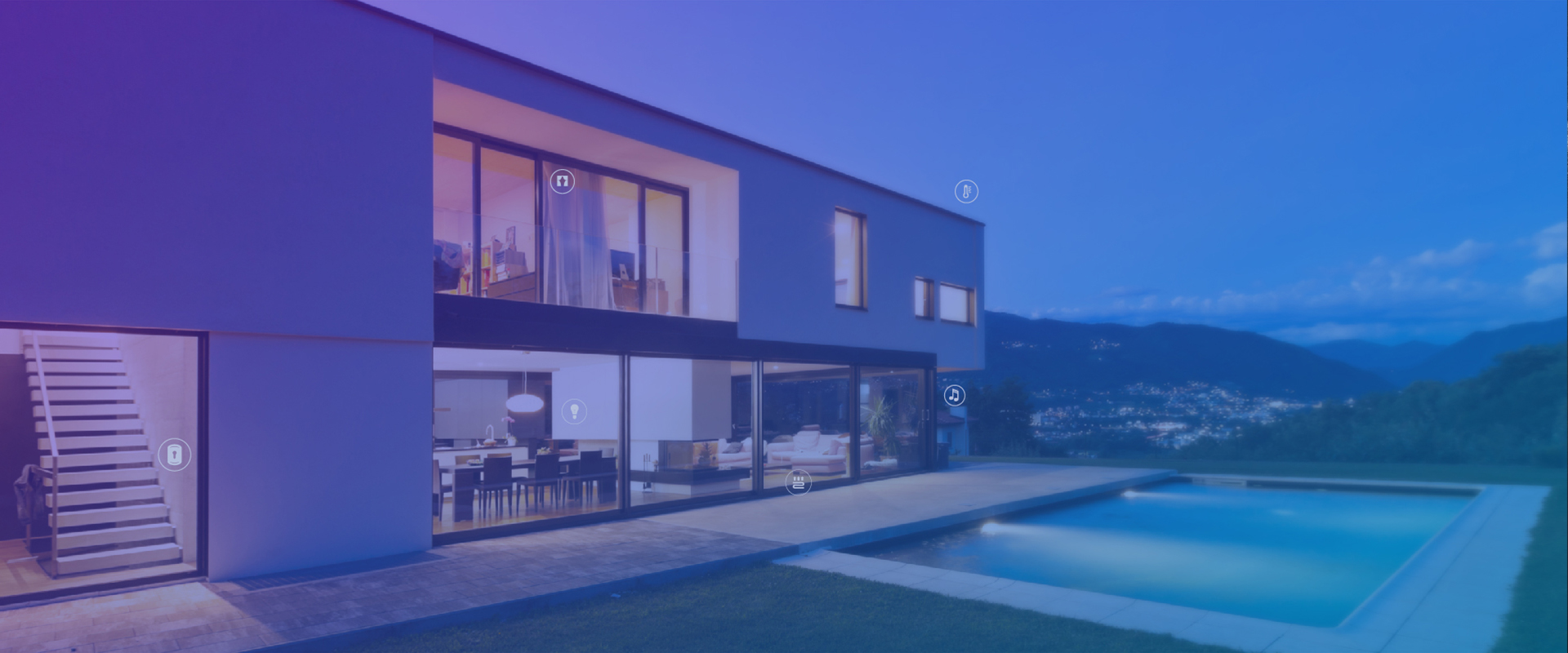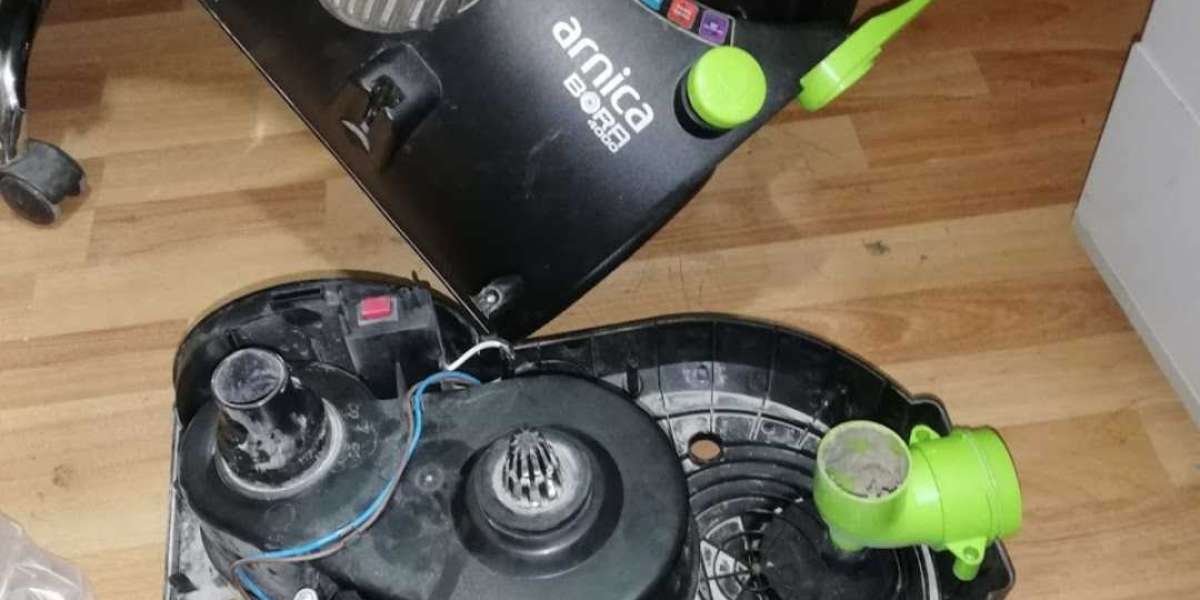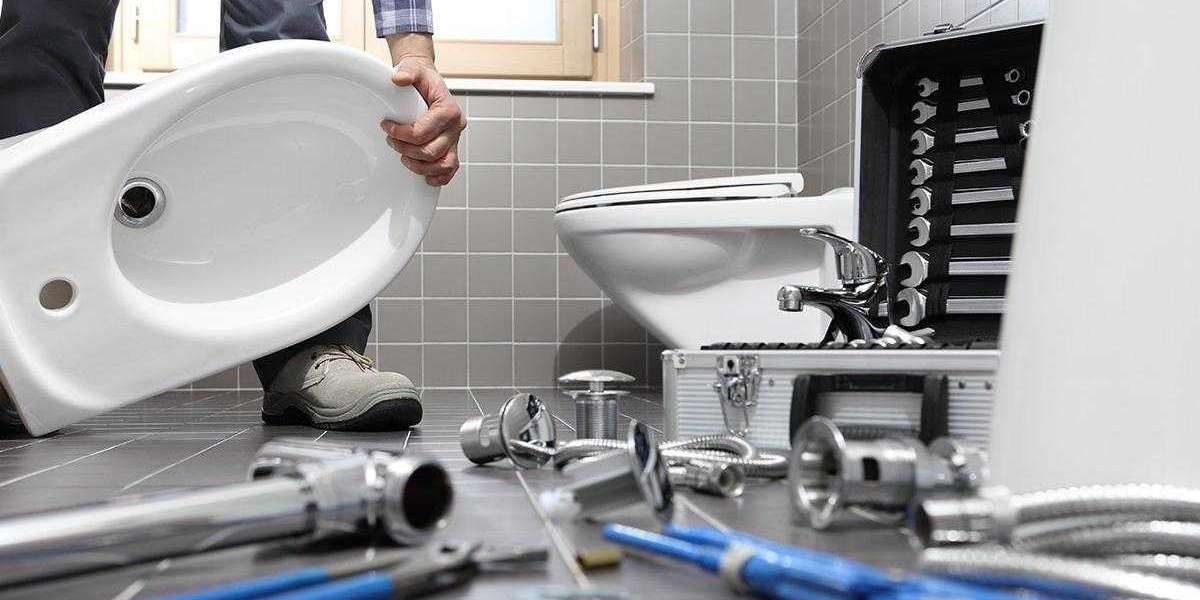As we step into 2024, the realm of home automation continues to evolve at a remarkable pace. This technology not only enhances convenience but also significantly improves energy efficiency and security. In this article, we will explore the emerging trends in home automation that are set to shape the future of smart living.

Smart Home Integration
The integration of various smart devices is becoming increasingly seamless. Homeowners are now able to control lighting, heating, and security systems through a single platform. This trend raises an important question: how can one ensure that all devices communicate effectively? The answer lies in adopting standards such as Zigbee and Z-Wave, which facilitate interoperability among devices from different manufacturers.
- Enhanced user experience through unified control
- Increased compatibility among devices
- Greater flexibility in choosing products
Artificial Intelligence in Home Automation
Artificial Intelligence (AI) is revolutionising home automation by enabling devices to learn from user behaviour. For instance, smart thermostats can adjust temperatures based on your daily routines. This not only enhances comfort but also optimises energy consumption. Imagine a home that anticipates your needs—what could be more convenient?
Moreover, AI-driven systems can provide predictive maintenance alerts, ensuring that your devices function efficiently. This proactive approach to home management can save homeowners both time and money.
Enhanced Security Features
As the demand for smart homes grows, so does the need for robust security measures. In 2024, we can expect to see advanced security features integrated into home automation systems. These may include:
- Facial recognition technology for doorbell cameras
- Smart locks that can be controlled remotely
- Real-time alerts sent to your smartphone
These innovations not only provide peace of mind but also allow homeowners to monitor their properties from anywhere in the world.
Sustainability and Energy Efficiency
Another significant trend in home automation is the focus on sustainability. Smart homes are increasingly designed to reduce energy consumption. For instance, automated lighting systems can turn off when a room is unoccupied, and smart irrigation systems can optimise water usage in gardens. By adopting these technologies, homeowners can contribute to environmental conservation while also reducing their utility bills.
To learn more about how you can implement these solutions in your home, visit  .
.
Conclusion
In conclusion, the future of home automation is bright, with numerous trends poised to enhance our living environments. From smart integration and AI advancements to improved security and sustainability, the possibilities are endless. As we embrace these innovations, we can look forward to a more convenient, secure, and eco-friendly lifestyle. Are you ready to step into the future of home automation?







